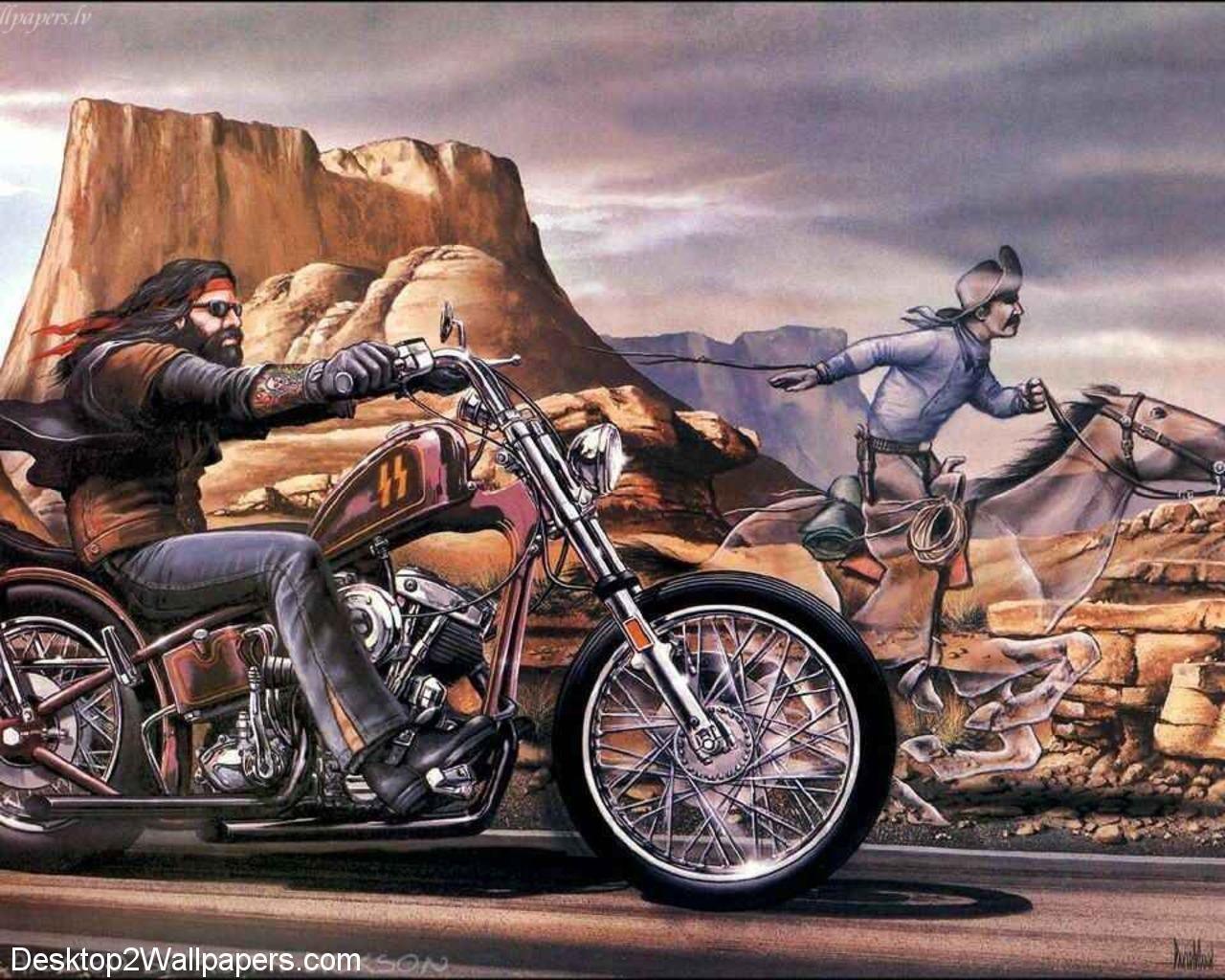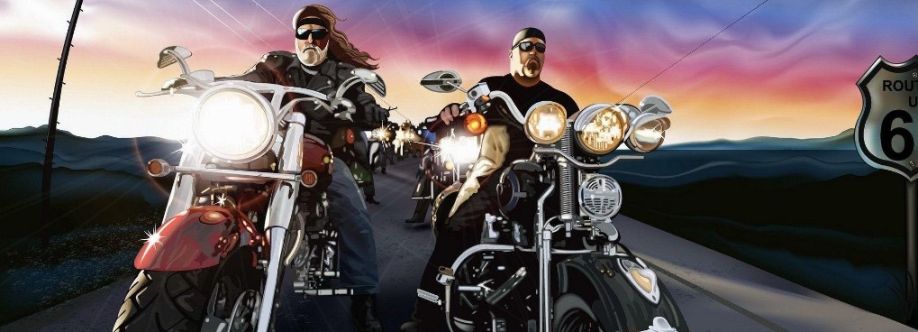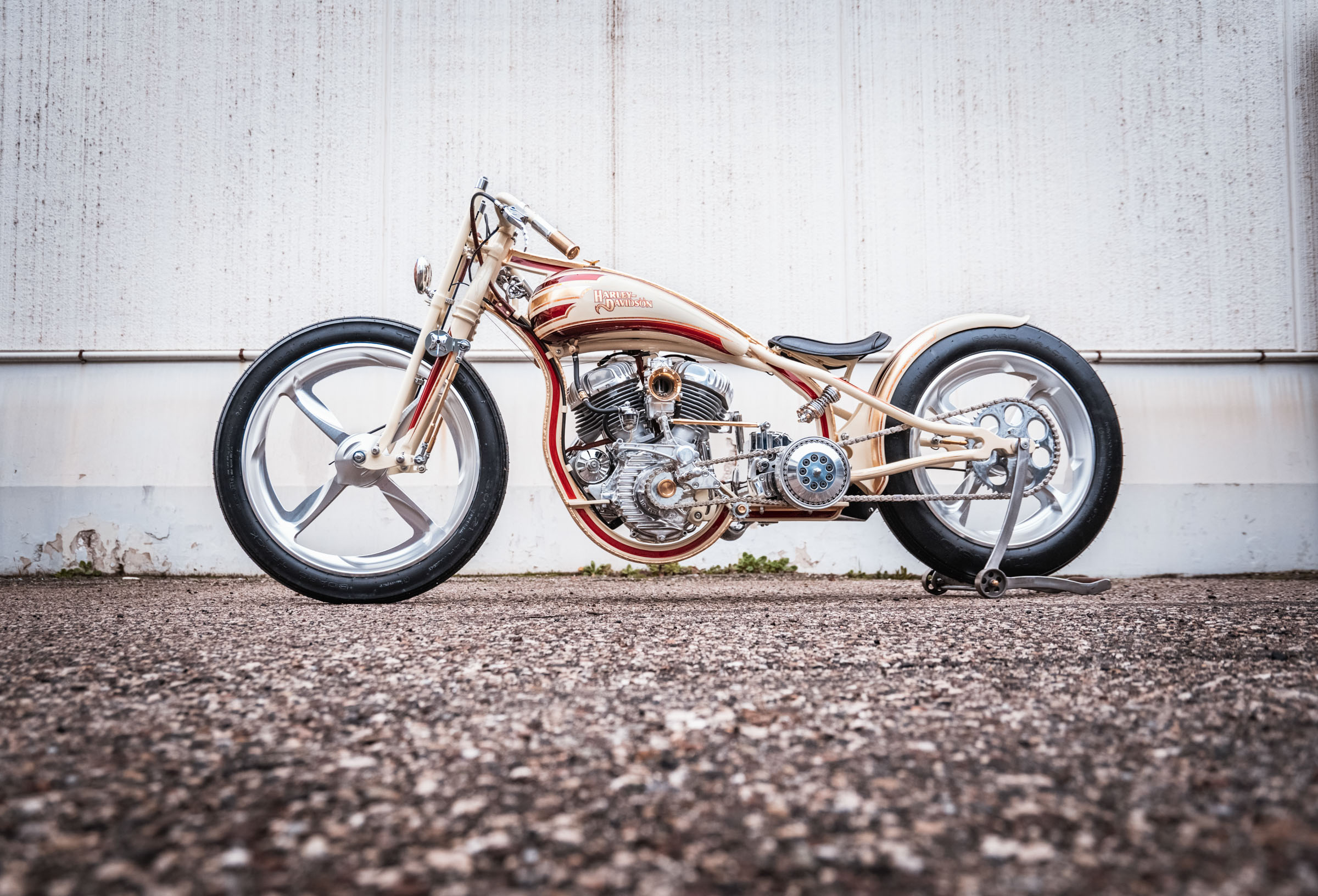
harleyliberty.com
FORMER OUTLAWS INTERNATIONAL PRESIDENT TOMMY O LINKED TO WITNESS DEATH
In this hard-hitting biker news episode, we dive deep into the shocking case of Tommy O (John “Tommy O” Ermin), the reputed leader of the Outlaws Motorcycle Club and former general manager of Pharaoh’s Gentlemen’s Club. Despite no criminal record, Tommy O Outlaws MC is facing outrageous federal charges tied to the death of Crystal Quinn, a former dancer who died from a lethal fentanyl overdose. The feds allege a conspiracy to deliver fentanyl overdose to silence a witness, but evidence points to suicide, mental health issues, drug addiction, and government pressure—not biker involvement.
We break down how the Department of Justice, FBI, and ATF are using guilt by association tactics against Outlaws Motorcycle Club members, pushing witness tampering, obstruction of justice, and retaliation claims with zero smoking gun. Tommy O lost his leg in a tragic accident that also claimed his first wife’s life, yet he chose to work hard instead of disability—now the government is throwing him under the bus over Outlaws MC ties and recreational marijuana plus legal hunting rifles.
This is a prime example of government overreach against motorcycle clubs, 1%er lifestyle, and outlaw bikers. If guilt by association can target a man with no criminal record who’s just trying to earn a living, it could happen to any biker. Time for reform against these DOJ, FBI, and ATF tactics targeting MC’s and biker rights!
We react to mainstream media spins, court details on Crystal Quinn’s probation, mental health records, suicidal tendencies, and why a supposed “star witness” wasn’t in protective custody. Don’t miss this raw look at federal conspiracy claims, witness death scandal, and the fight for justice in the biker community.
If you’re into Outlaws MC news, motorcycle club news, 1%er stories, outlaw motorcycle club, biker lifestyle, or standing against government corruption, hit LIKE, SUBSCRIBE, and drop your thoughts in the comments: Is guilt by association enough for charges? Should Outlaws Motorcycle Club members fear federal persecution?
FORMER OUTLAWS INTERNATIONAL PRESIDENT TOMMY O LINKED TO WITNESS DEATH
MOTORCYCLE CLUBS DELIVER VAN FULL OF SUPPLIES
Biker dies in crash returning from teen’s funeral
OUTLAWS MOTORCYCLE CLUB CLUBHOUSE TORCHED
Former Bryant police detective files lawsuit against police chief











